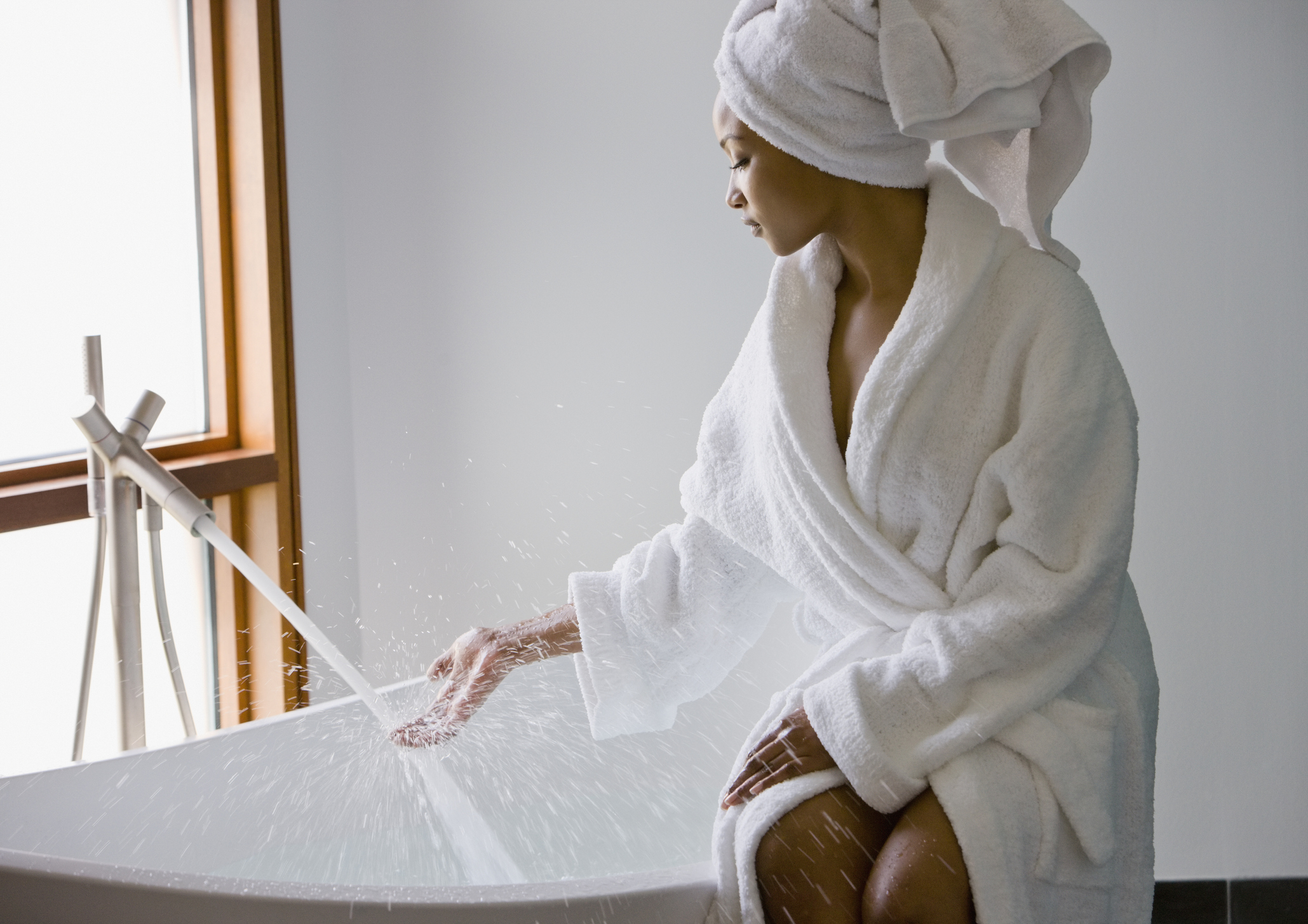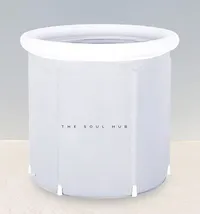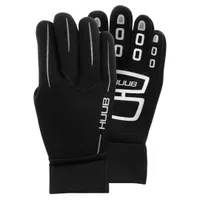
As Freeze the Fear with Wim Hof hits screens.
By now, you'll have read up on Wim Hof and the many benefits of cold water therapy. If you haven't, he's the ice-embracing athlete also known as The Iceman who's climbed Kilimanjaro in shorts, run a half marathon above the Arctic Circle barefoot, and, namely, loves a very cold bath.
But, question: have you ever given an ice bath a go yourself?
Not cold shower, baltic sea dip, or winter lake swim - actual ice bath. Wim raves about the cold for both mental and physical benefits, saying the cold can do everything from improving your clarity to promoting muscle growth and repair, too.
With the BBC’s Freeze the Fear with Wim Hof now airing, what better time to discuss ice baths and what they can actually do for your health?
Keep reading as Christian Allen, a Product Trainer at Runners Need who studied Sport and Exercise Science at St Mary’s University, Twickenham, shares your need-to-know facts. Don't miss our guides to delayed onset muscle soreness, workout recovery, and preventing injury, while you're here.
Ice baths: your 6 most common questions, answered
What is an ice bath?
The clue is in the name, really - ice baths are baths filled with ice cubes.
Celebrity news, beauty, fashion advice, and fascinating features, delivered straight to your inbox!
"An ice bath – also referred to as cryotherapy or cold-water immersion – is where you immerse yourself in a bath, or similar-sized container, filled with water and ice," explains Allen.
The Soul Hub Starter Kit - £95.00 | Soul Hub
Huub Swimming Gloves - £21.69 | Amazon
The Wim Hof Method: The #1 Sunday Times Bestseller - £6.29 | Amazon
How long should I take an ice bath for?
Good question, and it'll vary from person to person. According to the Journal of Science and Medicine in Sport, submerging yourself for 15 minutes is the ideal amount of time for an icy dip, although you won't be able to do this first try and should build your tolerance up gradually over time.
Try this: fill a bath with cold water and a few trays of ice and see how you go. Start with a small goal of something like two minutes, and work your way up from there.
Do note here: If you have any underlying conditions or any concerns about trying an ice bath, do consult with a medical professional prior to trying.
What are the benefits of an ice bath?
Athletes have long used them to promote muscle recovery and many famous trainers, including the likes of Joe Wicks, have their own ice baths in their garden. (Read our go-to Joe Wicks workouts, here).
So how do they actually boost your health? According to the expert, ice baths have been found to:
- Alleviate muscle soreness
- Aid muscle repair
- Prevent muscle soreness
- Improve overall performance
- Soothing swelling and inflammation
- Boosts mental health
- Improves sleep quality
- Reduces risk of injury.
If you're scratching your head at how ice cold immersion could possibly boost your mental health, a little background for you: Hof first turned to cold water therapy as a way to get over the death of his wife in 1995. He shared with The Daily Mail: "My heart was broken. It is a physical thing as much as a mental thing. The only thing that gave me peace was the cold."
"Cold, hard nature is the cure, I am convinced of it. It allows us to live, and to handle our grief."
So, sure, you'll have to work on your breathwork training - the practice is meant to take you out of your comfort zone, literally - but the discipline and clarity that it can encourage are one of the main reasons Wim still raves about it so much today. Academic research indicates that ice baths could help mental health - including this 2008 study published in the journal Medical Hypotheses - but also share that more research is needed.
How do ice baths help with muscle soreness?
If you've ever experienced DOMs after a hardcore high-intensity interval training session, you'll want to know the answer to this one.
"During long or intense workouts, your muscles contract and extend repeatedly in order to support your body," shares Allen. "This results in your muscles slightly ripping, which ultimately leads to new muscle growth but can cause fatigue and muscle soreness, too," he goes on.
So, where do ice baths come in and how do they work? Well, the blood entering these rips contains tiny by-products that contribute to how sore you feel after a run, and ice baths help relieve this feeling by encouraging faster blood flow, shares the pro.
"Once you are out of an ice bath - ideally aim for ten to 15 minutes - your blood flow will increase in order to accommodate for a newfound need for warmth," he explains. "As the blood flows through you, it flushes away the by-products that cause soreness."
How do ice baths help with muscle repair?
Another good question. Did you know? When you run, your body releases lactic acid - the main cause of the burning sensation you can sometimes feel in your legs when you're mid-run.
"Lactic acid is essential during aerobic exercise, acting as a source of energy as you exert yourself," explains Allen. "That said, once you’ve finished running, the lactic acid built up in the body needs to be recycled - which is where ice baths can be beneficial.
How so? Well, in the same way that they can help with the removal of by-products caused by muscle tearing, ice baths also remove lactic acid from the body, flushing it out with increased blood flow, shares the expert. "As the blood starts to flush away the excess lactic acid and any other unwanted by-products, it has the added bonus of soothing swelling and inflammation."

How do ice baths improve your overall health?
You'll want to boost your workout recovery largely to look after your body, but also to make sure that when you do lace up again, your muscles are in a fully recovered enough state to hit whatever workout - whether it's one of your favourite Barre classes, Reformer Pilates, or weight training - head-on.
"Any expert will tell you that rest and recuperation are just as important as physical activity when working out," shares Allen. "Having days off where you are not exercising allows your body to repair itself - ice baths help with this recovery, and as a result, your body is better prepared for your next session."
So - what do you reckon? Will you be taking an icy dip anytime soon?

Ally is Marie Claire UK's Senior Health and Sustainability Editor, a well-regarded wellness expert, ten-time marathoner, and Boston Qualifying runner.
Utilising her impressive skillset and exceptional quality of writing, she pens investigative, review and first-person pieces that consistently demonstrate flair and originality.
As well as writing, Ally manages a team of freelancers, oversees all commissioning and strategy for her pillars, and spearheads the brand's annual Women in Sport covers, interviewing and shooting the likes of Mary Earps, Millie Bright, and Ilona Maher. Shortlisted for three BSMEs and winning one in 2022, Ally lives and breathes her verticals: her eye for a story and connections within the wellness sphere are unrivalled. Follow Ally on Instagram for more.



